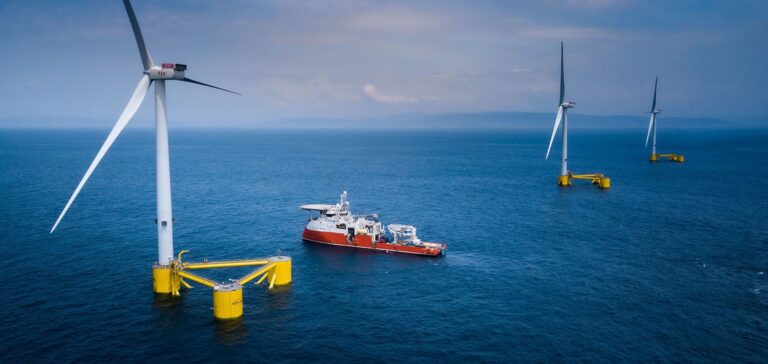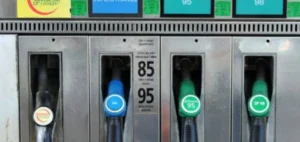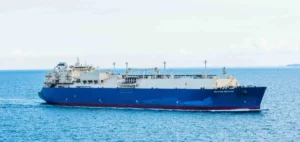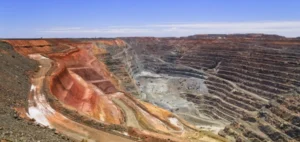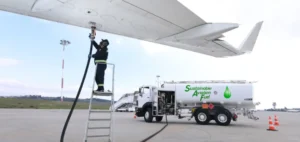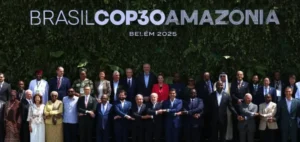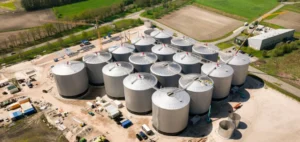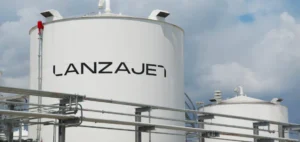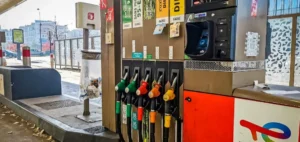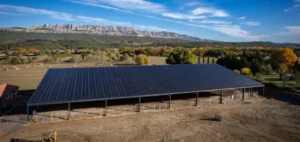Floating offshore wind resources are considered critical to U.S. decarbonization, with rapid growth expected globally, according to a U.S. Department of Energy expert. At a wind symposium on May 8, state, federal and industry leaders gathered in California to promote offshore wind development on the West Coast and learn from international experiences.
The East, Gulf, and West coasts offer opportunities for floating wind platforms due to their proximity to coastal consumption areas.
15 GW of floating wind turbines by 2035
Under the DOE’s Floating Offshore Wind Shot initiative, the ambitious goal is to deploy 15 GW of floating wind turbines by 2035 along the U.S. coast, while reducing the cost of offshore wind energy by 70% to $45/MWh by 2035 for deepwater sites. To achieve these goals, five major developments are needed: cost reductions, expanded and sustainable deployment, domestic supply chains, transportation infrastructure development and co-generation applications.
The May 8 symposium featured four working sessions focused on cost reductions, supply chain development, expanded and sustainable deployment, and transportation and co-generation. Discussions included topics such as workforce training, infrastructure requirements, port permits, recycling, environmental research, workforce development and leasing, and hydrogen, energy storage and transmission.
California, Oregon and the Gulf of Maine on the front lines
California, Oregon and the Gulf of Maine are prime areas for developing offshore floating wind technology, according to the Bureau of Ocean Energy Management. In December, the first federal offshore wind lease auction in the Pacific region attracted competitive bids totaling $757.1 million, surpassing sales in the Atlantic region.
California is targeting up to 5 GW of offshore wind power by 2030 and 25 GW by 2045. The Biden administration has set a goal of deploying 30 GW of offshore wind power by 2030 and 15 GW of floating offshore wind power by 2035. In Oregon, two call areas totaling approximately 1,364 square miles have been identified, while the Gulf of Maine is under search for interest or comment for an area of 9,804,429 acres off the coasts of Massachusetts, New Hampshire, and Maine.


